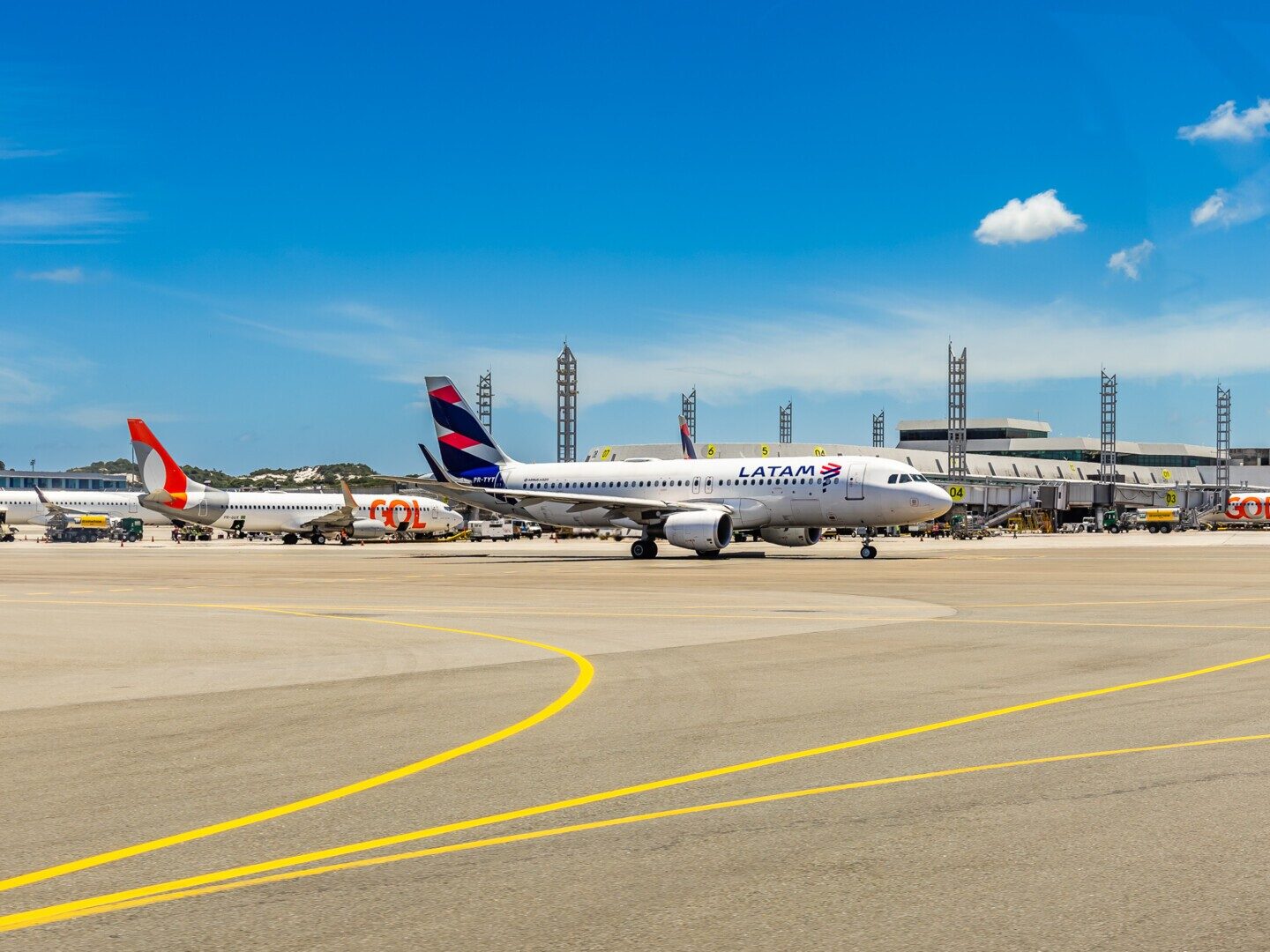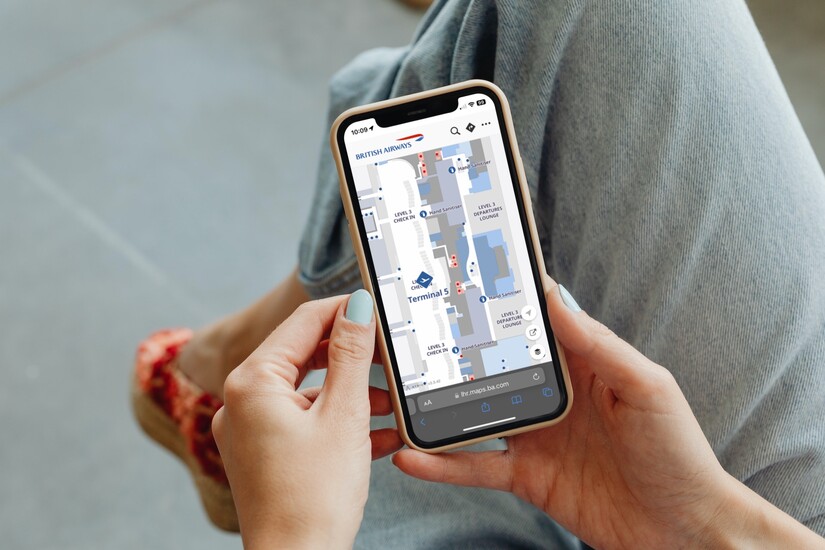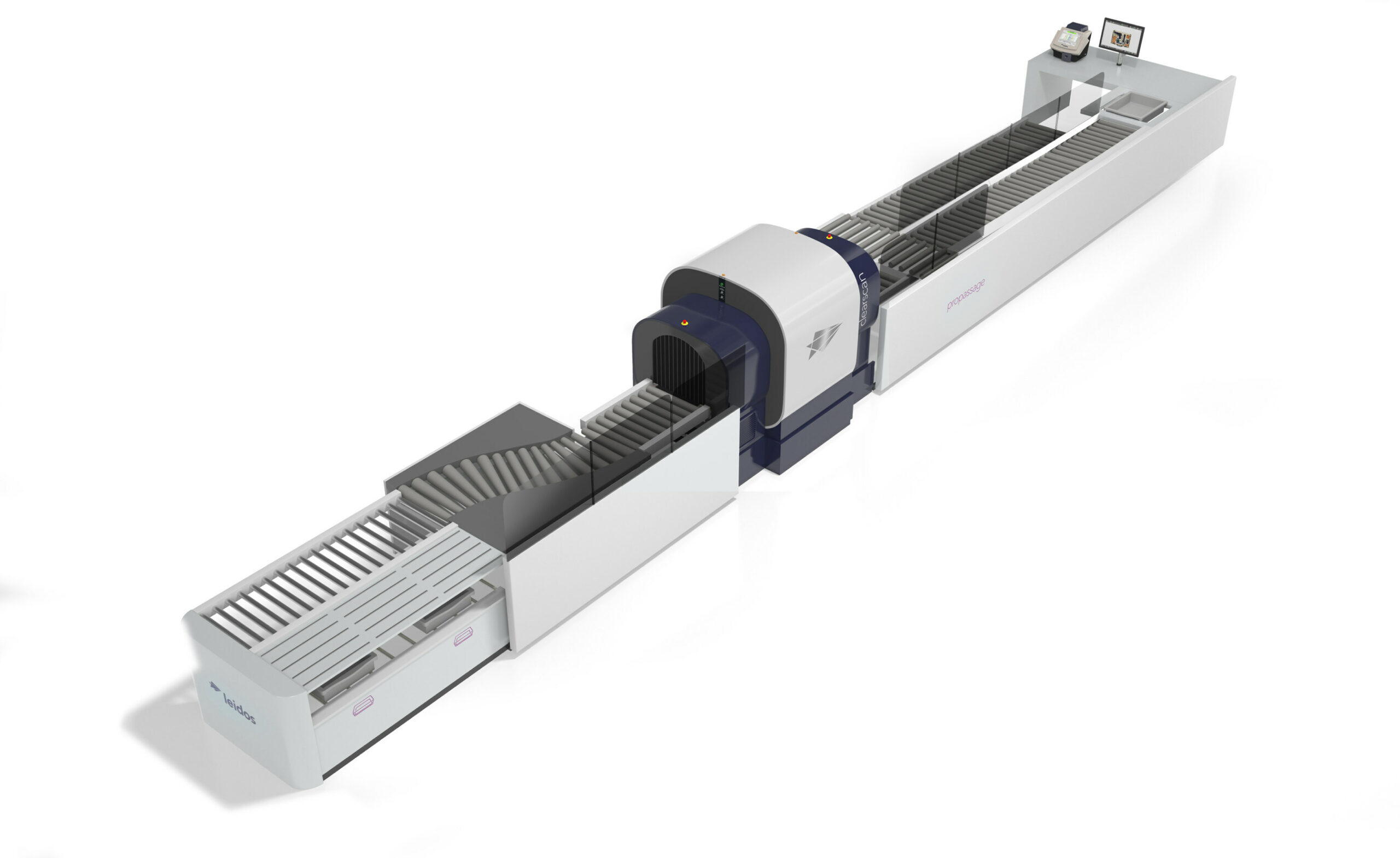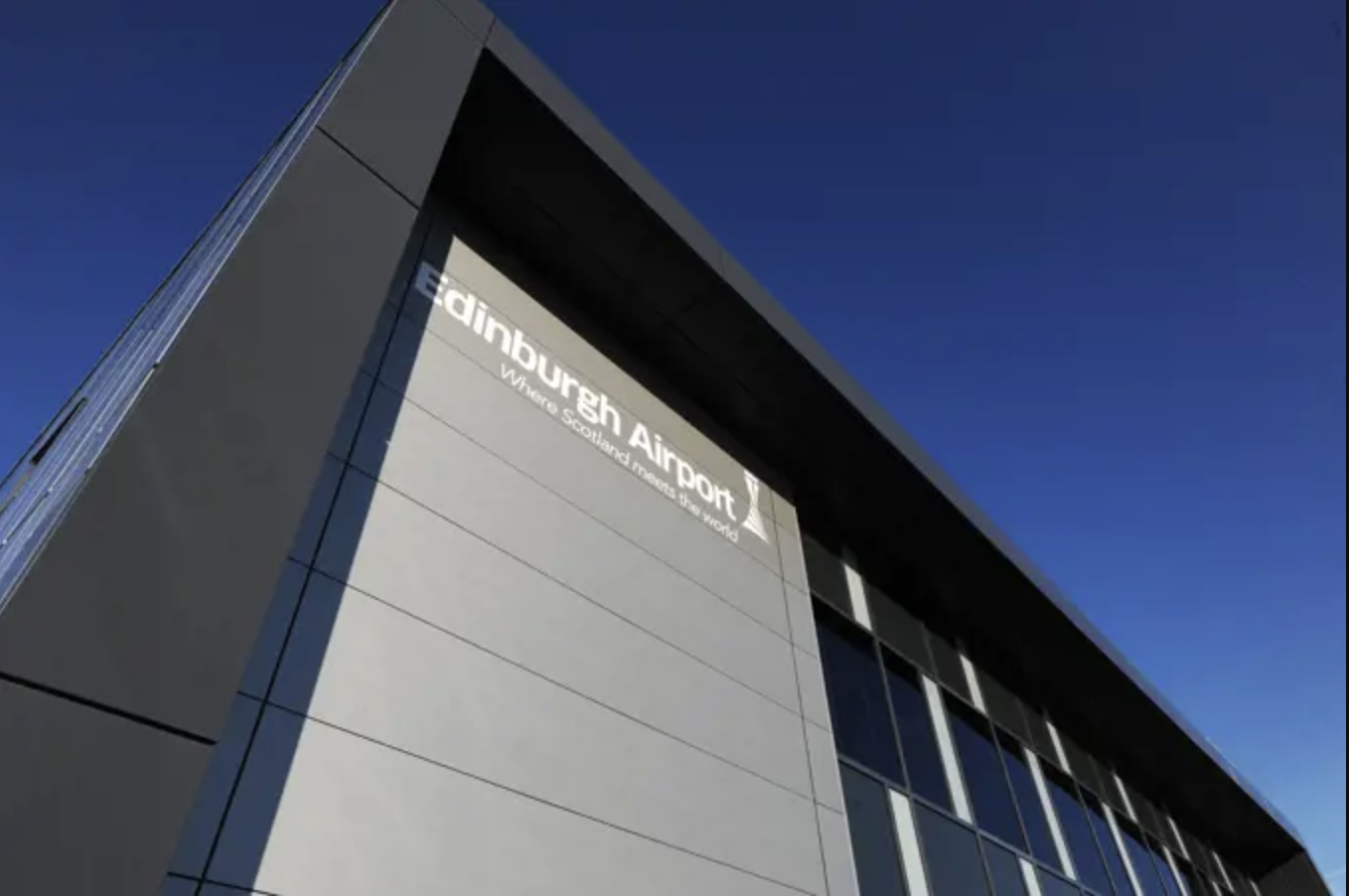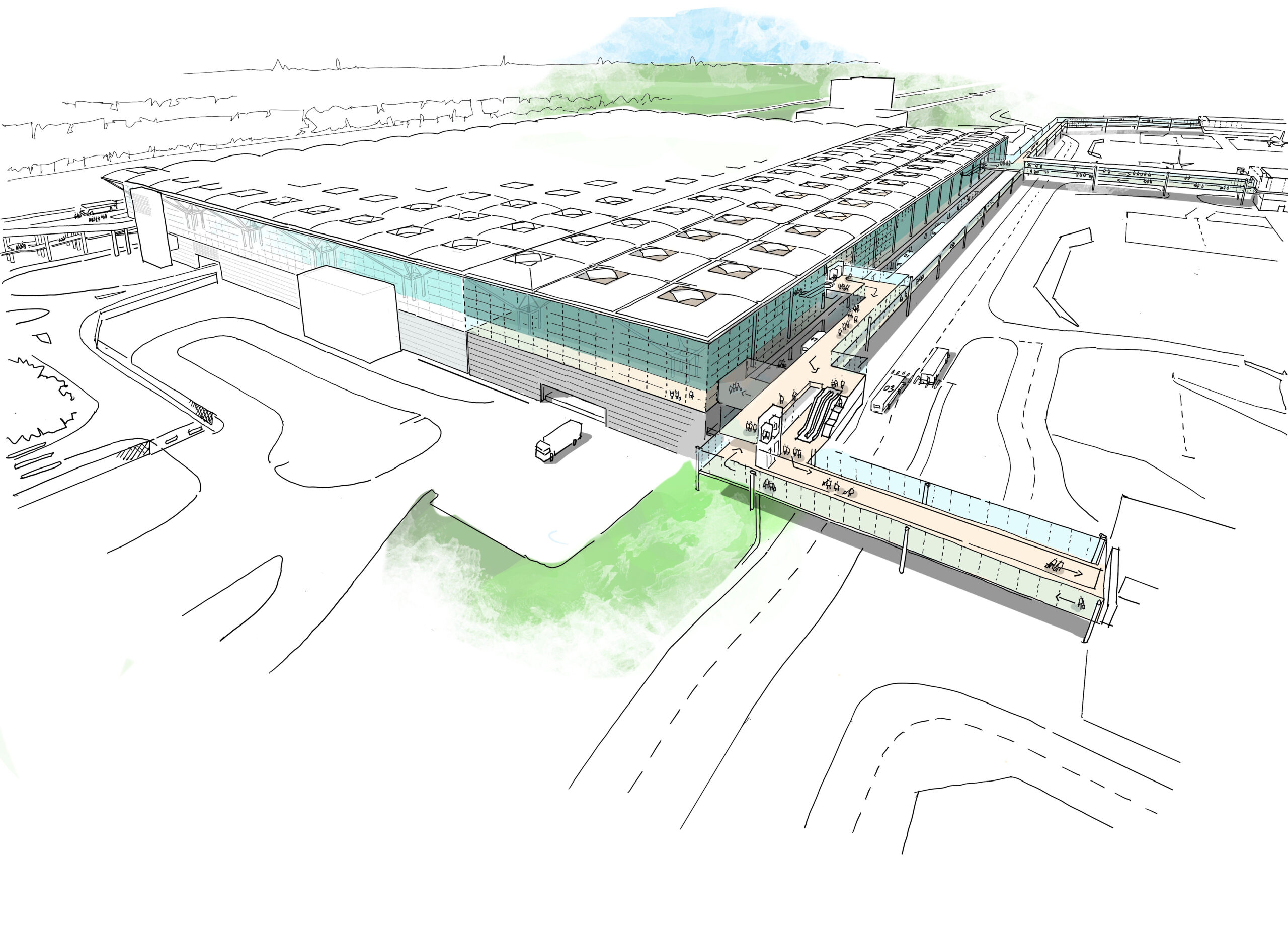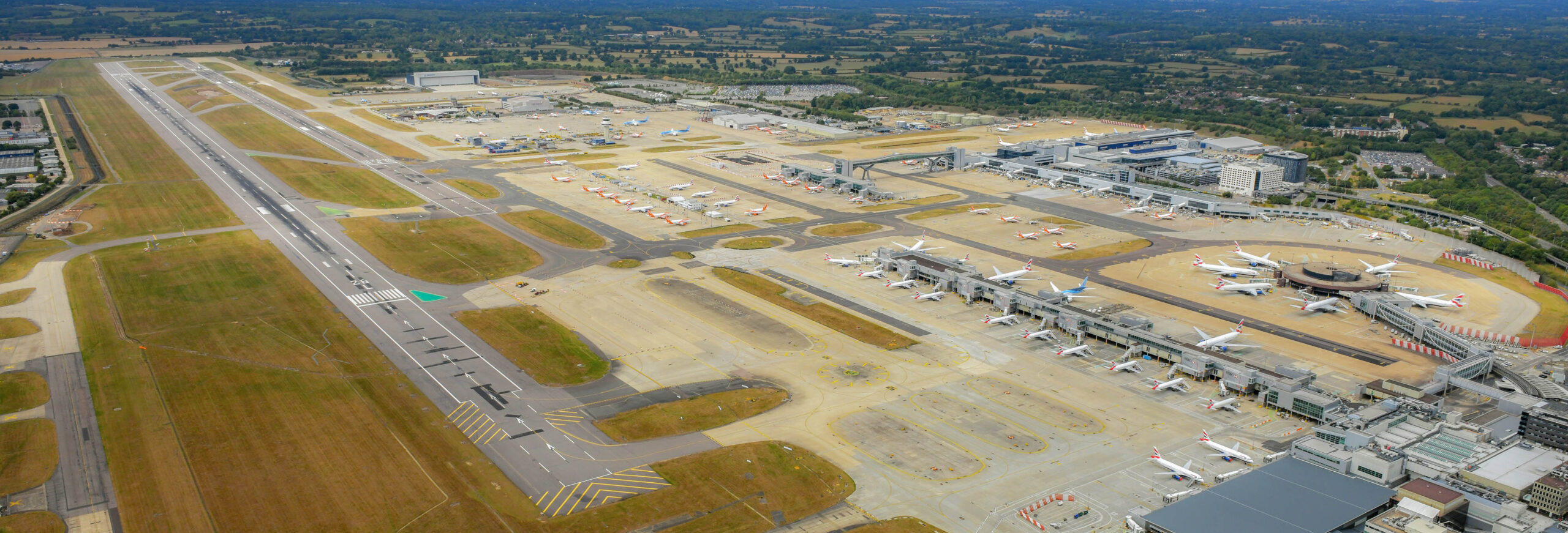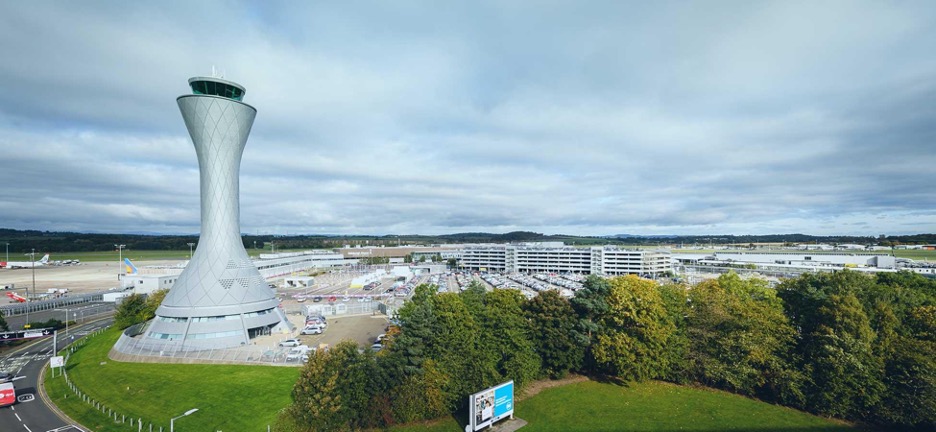NATS has been contracted to deliver a new contingency control tower at London Heathrow Airport (LHR).
This facility will replace the existing backup tower at LHR, which is situated in an undisclosed location off the airport.
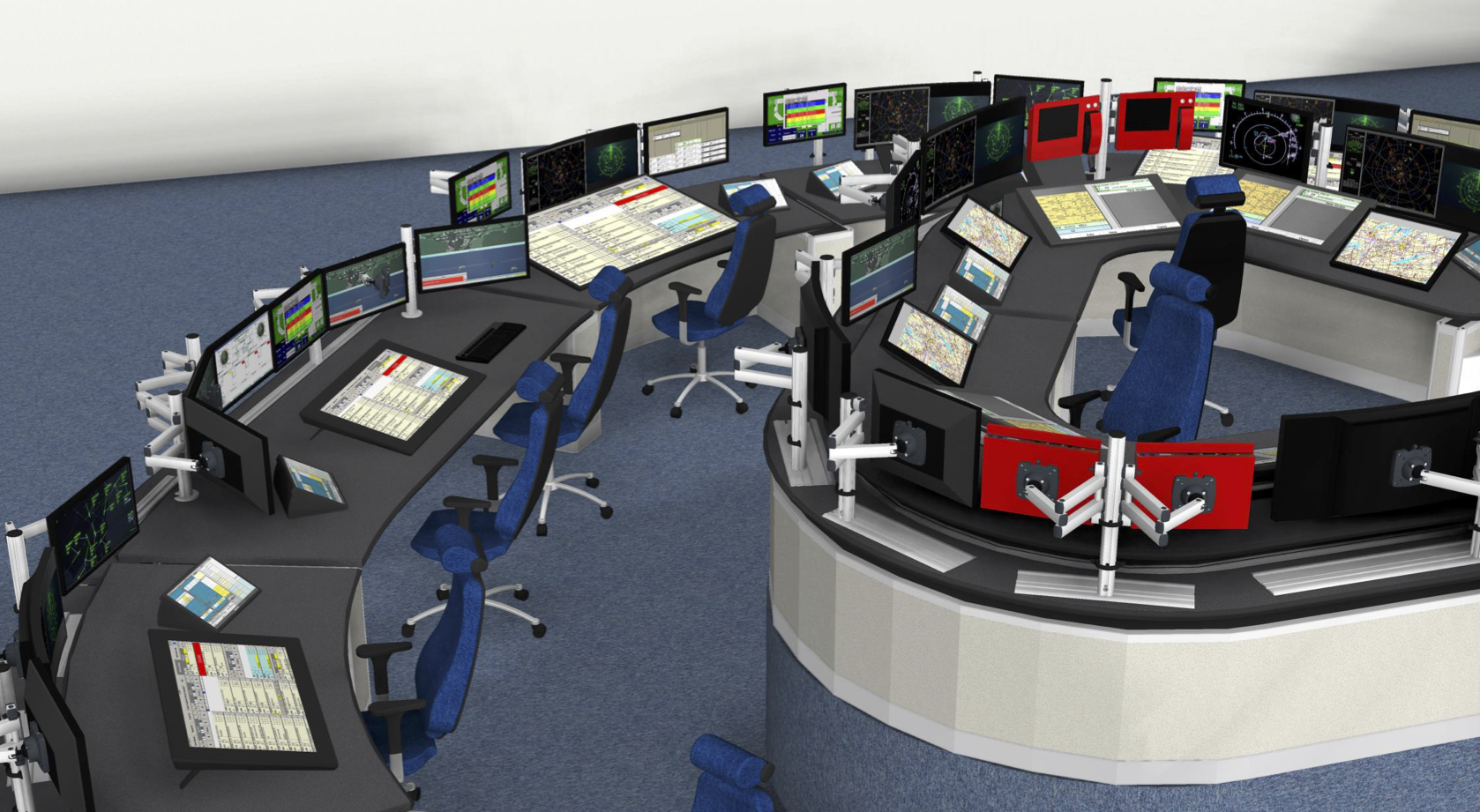
The original site was established as a world first in 2009. It consists of a windowless recreation of the main control tower, allowing the airport to operate at around 70% capacity if required.
Kelly Stone, Head of Airport Operations, Heathrow said:Ensuring Heathrow’s operations are resilient when responding to disruption is a priority for the business and sits at the heart of Heathrow’s vision, aspiring to deliver the very best airport service in the world. Investing in a state of the art Virtual Contingency Facility with NATS provides us with confidence that passenger journeys will still go ahead even if our business as usual operating plans are disrupted.
The new Virtual Contingency Facility (VCF) is due to be operational in 2025, with NATS delivering the installation and transition of the new operations room.
It will operate using live images from ultra-high-definition cameras to provide controllers with the required views to keep the airport operational.
This project represents a significant investment by Heathrow, providing added resilience for airport operations and protecting the nation’s aviation infrastructure.
The new facility will be based at the airport and will initially match its predecessor’s operational capacity. However, NATS and LHR are also working together on increasing its capability so that it can operate at 100% capacity during a second phase of the project.
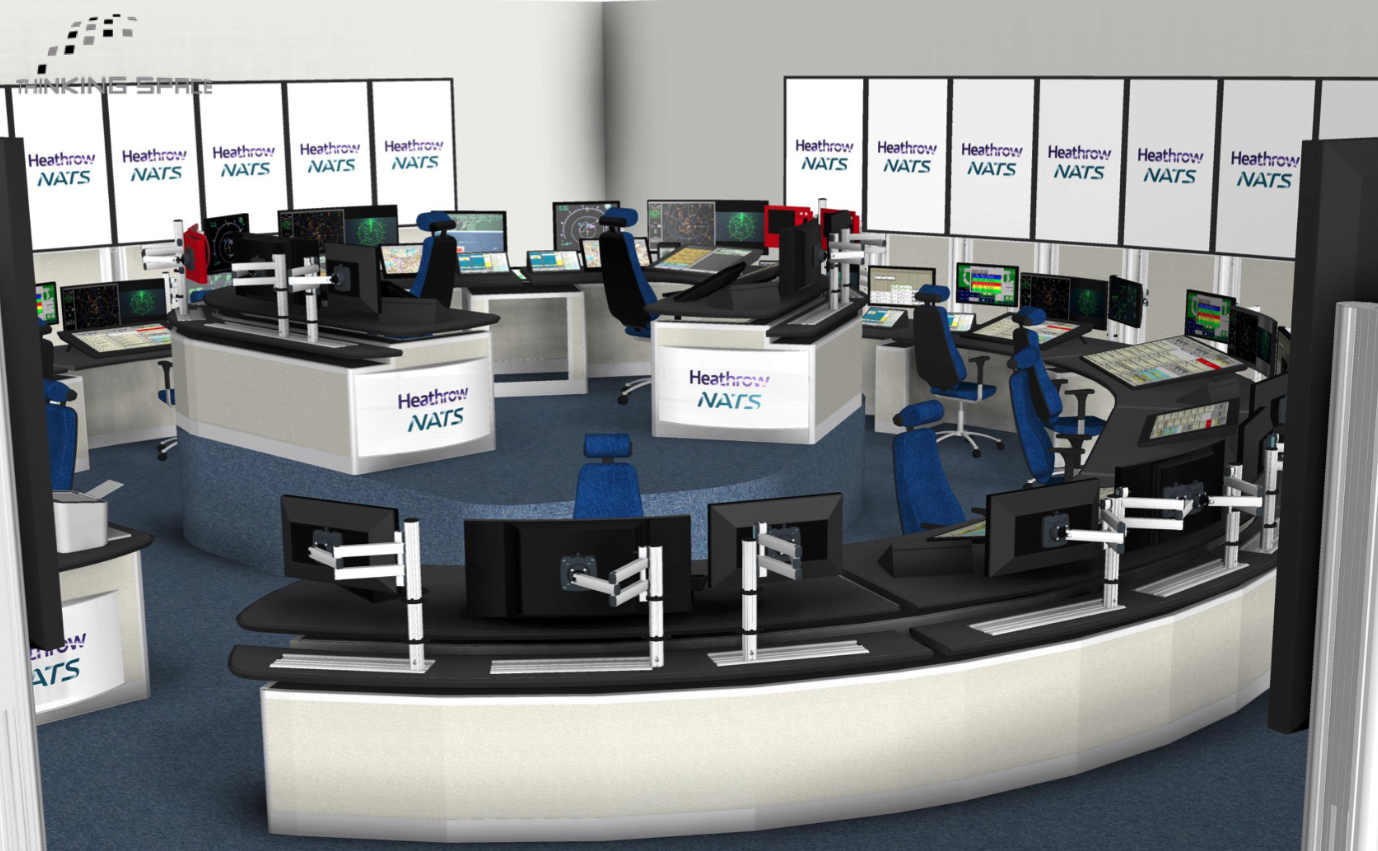
The original VCF has never been used in response to an incident, but the NATS control tower team completes regular exercises that simulate closing down the operation in the main tower and transferring to the contingency facility.
Pete Glass, NATS General Manager for Air Traffic Services at Heathrow, said:The air traffic control operation is vital to the safe and efficient running of the airport and given how important Heathrow is, not just to the UK but to global aviation, it’s right that it has an industry-leading level of operational resilience. In the anticipated second phase we have a chance to deploy some of the latest technologies to ensure that remains the case, just as we did with the original Virtual Contingency Facility 14 years ago.





